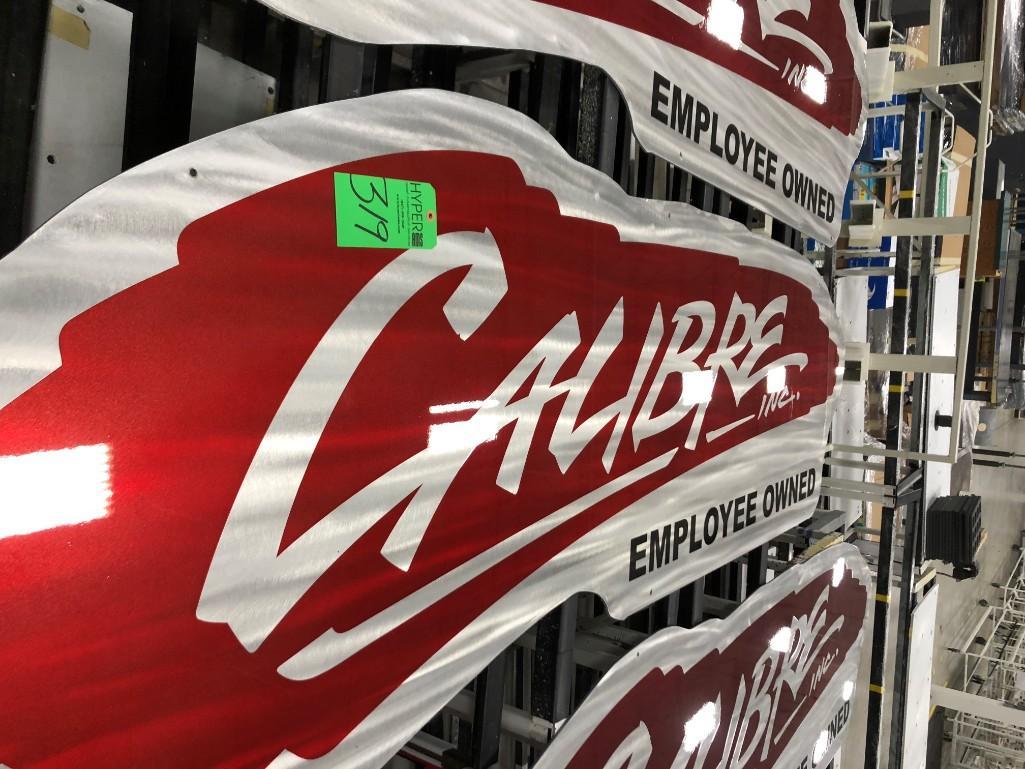

Army in the Gulf War, as well as in the Iraq War from 2003 to 2011. The M109 saw service with the British, Egyptian and Saudi Arabian Armies in the 1991 Gulf War. Iran used the M109 in the Iran–Iraq War in the 1980s. Israel used the M109 against Egypt in the 1973 Yom Kippur War and in the 19 Lebanon Wars. The howitzer underwent upgrades afterward, which resulted M109A1 variant that went into production in 1970. in 1967 after failing to repair on the field. dispatched engineers and mechanics, but all M109s were recalled back to the U.S. Around 200 vehicles were deployed in 1966, but the entire fleet suffered a mechanical malfunction within a year of operation. The M109 saw its combat debut in Vietnam. The light version, the M108 Howitzer, was phased out during the Vietnam War, but many were rebuilt as M109s. program to adopt a common chassis for its self-propelled artillery units. The M109 was the medium variant of a U.S. Crusader and Non-Line-of-Sight Cannon, the M109A6 ("Paladin") will likely remain the principal self-propelled howitzer for the U.S. (see variants) and by Switzerland (KAWEST). Upgrades to the M109 were introduced by the U.S. Several European armed forces have or are currently replacing older M109s with the German PzH 2000. The British Army replaced its M109s with the AS-90. The chief or gunner aims the cannon left or right (deflection) and up and down (quadrant). The M109 has a crew of four: the section chief/commander, the driver, the gunner, and the ammunition handler/loader. The M109 family is the most common Western indirect-fire support weapon of maneuver brigades of armored and mechanized infantry divisions. It has been upgraded a number of times, most recently to the M109A7. The M109 is an American 155 mm turreted self-propelled howitzer, first introduced in the early 1960s to replace the M44. M109A6–A7: 4 (commander, driver, gunner, loader)


 0 kommentar(er)
0 kommentar(er)
